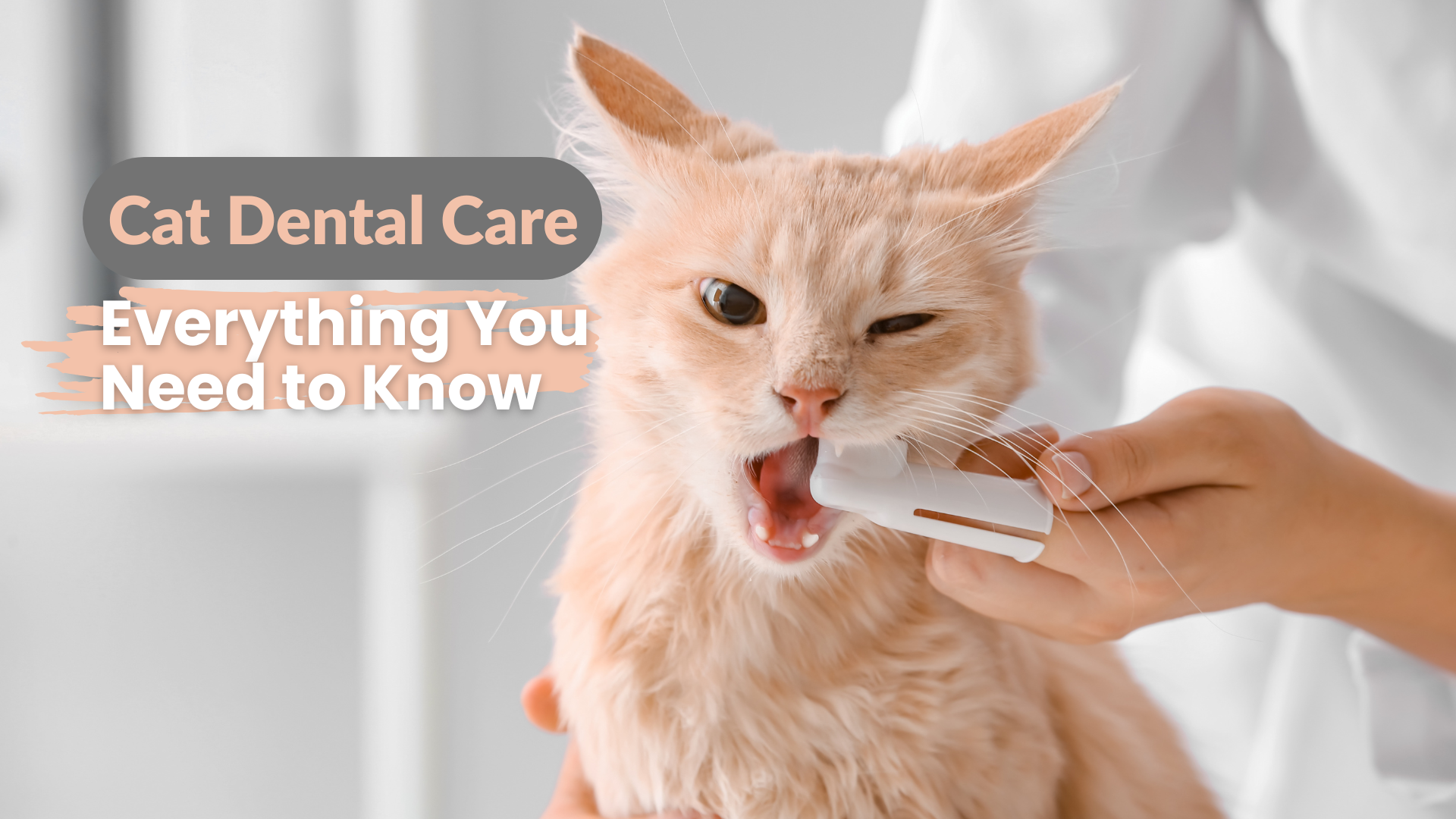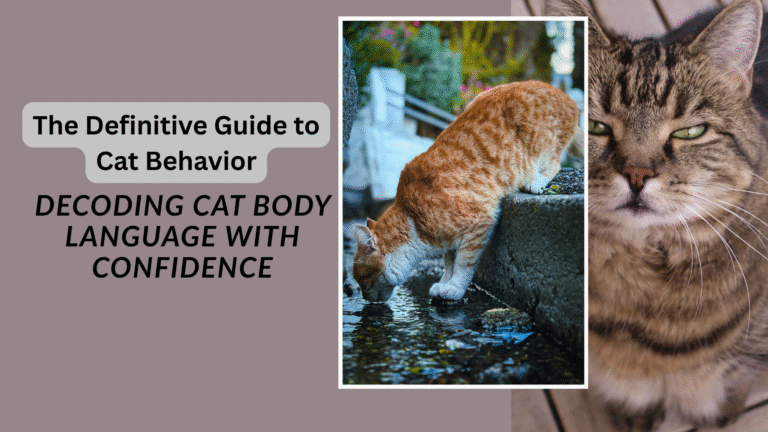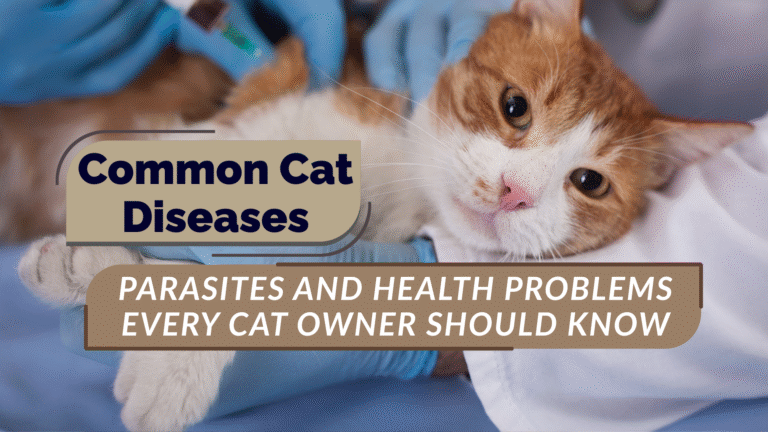Cat Dental Care: Everything You Need to Know
Ever caught a whiff of your cat’s breath and thought, “Yikes, something’s off”? You’re not alone. Most cat parents don’t think about their pet’s teeth until there’s a problem like bad breath, drooling, or reluctance to eat. But here’s the truth: cat dental care is one of the most overlooked parts of feline health, and neglecting it can lead to painful (and expensive) problems down the line.
The good news? With a little prevention and awareness, you can keep your cat’s teeth clean, their gums healthy, and their breath much less stinky. Let’s dive into everything you need to know about feline dental care.
Why Cat Dental Care Is So Important
As with humans, cats are prone to plaque, tartar, and gum disease. If not properly maintained, bacteria can travel from the mouth via the bloodstream into principal organs like the heart, kidneys, and liver.
Some shocking facts:
-
Studies show that up to 70% of cats show signs of dental disease by age three.
-
Cats are masters at hiding pain frequently, dental pain goes unnoticed.
So brushing your cat’s teeth is an Olympic sport in your estimation, but it’s a minor outlay worth the benefit of your pet’s health.
Common Dental Problems in Cats
1. Periodontal Disease
It is the most prevalent feline dental condition, caused by plaque and tartar formation and resulting in gum infection and loss of bone.
2. Tooth Resorptive Lesions (TRLs)
Hurtsome holes that develop in teeth, necessitating them to be removed. More than half of cats over five years of age are affected by TRLs.
3. Gingivitis
Red, inflamed gums infected with plaque and bacteria.
4. Bad Breath (Halitosis)
Generally a sign of something going on with the teeth below a sign that something is wrong, not just “normal cat breath.”
5. Broken or Loose Teeth
Typically from trauma or severe periodontal disease.
Signs Your Cat May Have Dental Issues
Cats aren’t going to text you themselves with “Hey, my tooth hurts!” What to watch for instead:
-
Bad breath
-
Drooling or mouthing at the mouth
-
Bleeding gums
-
Reluctance to eat dry food
-
Weight loss
-
Swelling in front of the jaw
-
Hiding or crankiness
If you see any of these, it’s time for a visit to the vet.
How Often Should I Brush My Cat’s Teeth?
Oh, the golden question. Ideally, once a day. Realistically? A couple of times a week is a good beginning.
Here’s how to make it less of a wrestle:
-
Early start – Kittens are easier to train.
-
Use equipment cat-friendly – A soft toothbrush or finger brush + cat-friendly toothpaste (never human toothpaste).
-
Take it slow – Begin with just putting your fingers on their gums and teeth, and work up to brushing.
-
Reward bountifully – Treats, praise, or playtime later.
Recall gym workouts you won’t see differences right away, but consistency brings long-term health.
Professional Dental Care: What to Expect at the Vet
Even with regular brushing, cats need professional dental care. Under the course of treatment (given under anesthesia), the vet will:
-
Scale tartar above and below the gum line away
-
Polish the teeth
-
Take dental X-rays
-
Remove unhealthy teeth if necessary
Most cats require a professional cleaning once every 1–2 years, depending on their oral health.
At-Home Dental Care Tips
Not all cats will tolerate a toothbrush, and that’s okay. Some others are as follows:
-
Dental treats & chews – Select those which are VOHC accepted.
-
Dental wipes – Easier than brushing, but less effective.
-
Special diets – Prescription dental diets reduce plaque.
-
Water additives: They eliminate bacteria and leave the mouth feeling clean.
Best Products for Cat Dental Care
| Product Type | Example Use Case | Why It Helps |
|---|---|---|
| Cat Toothbrush & Toothpaste | Daily brushing | Removes plaque & prevents gum disease |
| VOHC-Approved Dental Treats | Reward system | Promotes chewing & mechanical cleaning |
| Dental Wipes | Quick clean | Good for fussy cats |
| Prescription Dental Diets | Vet-recommended | Helps reduce tartar buildup |
| Water Additives | Easy daily use | Fights bacteria & freshens breath |
Preventing Dental Problems Before They Start
It is always less expensive (and more palatable) to prevent than to cure. Here’s a quick feline version for cat owners:
-
When the kitten is young, start brushing them early.
-
Make routine veterinary visits.
-
Keep an eye out for early pain indicators.
-
Use foods and treats that are good for your teeth.
-
Bad breath should not be ignored.
FAQs About Cat Dental Care
1. How often should I brush my cat’s teeth?
While three to four times a week is undoubtedly better, daily would be ideal.
2. Can I use human toothpaste on my cat?
No! Human toothpaste has xylitol and fluoride, which are toxic to cats. Use cat-specific toothpaste.
3. Do indoor cats really need dental care?
Yes. Indoor cats aren’t chewing bones or hunting prey, so plaque builds up quickly.
4. How much does a professional cat dental cleaning cost?
It varies, but expect $300–$800 depending on anesthesia, X-rays, and extractions.
5. What’s the biggest mistake cat parents make with dental health?
Waiting until their cat is in open pain. Cats hide pain, so prevention is the way to go.
6. Can dental disease affect my cat’s overall health?
Yes. Mouth bacteria can travel to organs and cause threats of heart, kidney, and liver disease.
Conclusion: Healthy Teeth, Happy Cat
Taking care of your cat’s teeth can be daunting at first, but it’s one of the best things you can do for your cat. Cat dental care is more than having fresh-smelling breath it’s about preventing pain, protecting overall health, and enabling your feline friend to live a long, comfortable life.
So, whether brushing daily, scheduling regular vet cleanings, or using dental treats, every bit counts. Your cat will never thank you out loud but their bright eyes, active playfulness, and (less disagreeable) breath will give it away.







